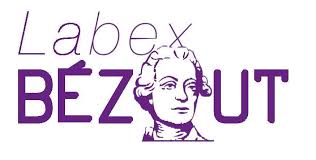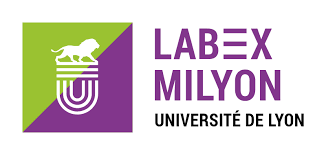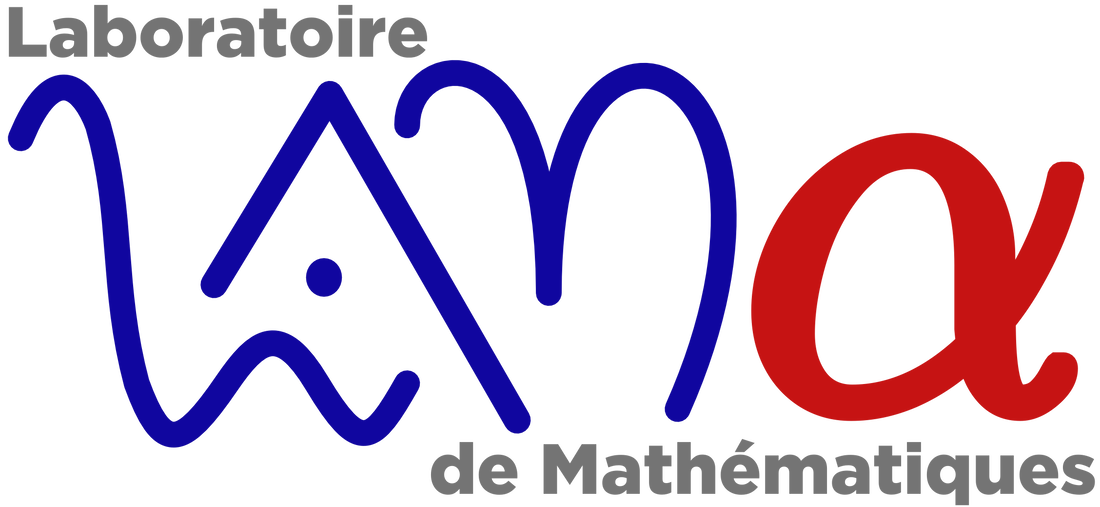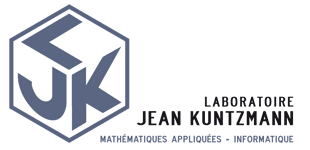Digital Geometry and Discrete Variational Calculus
Géométrie digitale et calcul variationnel discret
29 March – 2 April 2021
|
Scientific Committee
Comité scientifique Yuri Boykov (University of Western Ontario) |
Organizing Committee
Comité d’organisation Yukiko Kenmochi (CNRS – Université Paris-Est Marne-la-Vallée) |
|
Variational problems are ubiquitous in image analysis, geometry processing or shape optimization, and generally constitute the natural framework for a wide range of applications, e.g. in segmentation, filtering, analysis, matching, fitting, reconstruction, approximation, compression, feature extraction, geometric measurements, fluid simulations, material sciences. It is thus of crucial importance to discretize these problems consistently in order to solve them numerically in an accurate and efficient manner.
Beyond classical numerical schemes, discrete calculus – also called discrete exterior calculus – has emerged in the last decade as a major tool for addressing these issues. Its key idea lies in the combinatorial description of variational or differential problems, without requiring the computation of a limit as in the continuous-domain (or vector) calculus. While the discrete calculus has made tremendous progresses in showing instances where the discrete calculus converges toward the standard calculus, it cannot be applied as is to digital data like subsets of digital spaces. And yet, this kind of geometry naturally arises when processing computer images like camera pictures or 3D scans. Digital geometry studies the geometry of such spaces. Because the target space is discrete, the geometry of curves, surfaces and volumes is much more constrained and requires different tools. Nevertheless recent progress in digital geometry has been achieved on the multigrid convergence of length, area, normal and even curvature estimators. All these researchs, if brought together, can lay the foundations of a possible digital calculus, addressing digital data, with convergence properties toward the standard calculus. The goal of this meeting is to gather researchers in digital geometry and discrete variational calculus, theoretical mathematical experts from geometric measure theory and variational problems and applications oriented computer scientists from image analysis or geometry processing. It would bridge the gap between various approaches to discrete calculus, and go beyond the current state of the art. We want to bring together these communities in order to promote calculus on digital spaces and structures, fostering new developments. |
Les problèmes variationnels sont omniprésents en analyse d’image, en traitement numérique des données géométriques ou en optimisation de formes, et il constitue le cadre naturel de modélisation pour de très nombreuses applications, par exemple en segmentation, filtrage, analyse, ajustement, restauration, reconstruction, approximation, extraction de caractéristiques, mesures géométriques, simulations de fluides ou science des matériaux. Il est donc crucial de discrétiser ces problèmes de façon cohérente afin de les résoudre numériquement avec précision et efficacité.
A côté des schémas numériques classiques, le calcul discret – aussi appelé calcul extérieur discret – a émergé dans la dernière décennie comme un outil majeur pour attaquer ces problèmes. Son idée forte réside dans la description combinatoire des problèmes variationnels ou différentiels, sans nécessité de calculer une limite comme dans le calcul vectoriel des domaines continus. Même si le calcul discret a réussi à montrer dans des cas spécifiques une convergence vers le calcul standard, il ne peut pour le moment pas être appliqué tel quel aux données numériques telles que les sous-ensembles des espaces digitaux. Et pourtant, ce type de géométrie apparaît naturellement dans le traitement des images numériques issues des appareils photos ou des scanners 3D. La géométrie digitale étudie la géométrie de tels espaces. Comme l’espace cible est lui-même discret, la géométrie des courbes, surfaces et volumes est beaucoup plus contrainte et requiert des outils différents. Néanmoins des progrès récents en géométrie digitale ont permis d’établir la convergence multigrille d’estimateurs de longueur, aire, champ de vecteurs normaux et même des courbures. Toutes ces recherches, si elles sont rassemblées, peuvent fonder un calcul digital, adapté aux données digitales, ayant des propriétés de convergence vers le calcul standard. Le but de ces rencontres est de rassembler des chercheurs en géométrie digitale et en calcul variationnel discret, des experts en mathématiques théoriques de la théorie géométrique de la mesure et du calcul des variations ainsi que des informaticiens orientés vers les applications des domaines de l’analyse d’image ou du traitement numérique des données géométriques. Cela comblerait le fossé entre différentes approches du calcul discret et permettrait de dépasser l’état de l’art. Nous souhaitons rassembler ces communautés pour promouvoir le calcul sur les espaces et les structures digitales, et encourager ainsi de nouveaux développements. |
Dominique Attali (CNRS – Université Grenoble-Alpes) Reconstructing manifolds by weighted l1-norm minimization
Yuri Boykov (The University of Waterloo) Curvature, divergence, and confluence constraints for vessel trees
Marcello Carioni (University of Cambridge) A generalized conditional gradient method for dynamic inverse problems with optimal transport regularization
David Coeurjolly (CNRS – LIRIS Université de Lyon) Digital surface regularization with guarantees
Sravan Danda (BITS Pilani) Power Watersheds and Contrast Invariance
Julie Delon (Université de Paris) A Wasserstein-type distance in the space of Gaussian Mixture Models
Julie Digne (CNRS – LIRIS Université de Lyon) New tools for surface analysis
Anatole Gallouet (Université Grenoble-Alpes) A damped Newton algorithm for Generated Jacobian Equation
Chemseddine Himeur (CNRS – Université Toulouse Paul Sabatier) Neural networks for multi-scale edge classification in 3D point cloud
Anil Hirani (University of Illinois at Urbana-Champaign) Discrete Vector Bundles with Connection and the Bianchi Identity
Atsushi Imiya (IMIT, Chiba University) Decomposition and construction of cubic and non-cubic neighbourhood operations
Bertrand Kerautret (LIRIS, Université de Lyon) Geometric Total Variation for Image Vectorization, Zooming and Pixel Art Depixelizing
Hoang Trieu Vy Le (ENS Lyon) Discrete Exterior Calculus framework and proximal alternating minimization for solving discrete Mumford-Shah
and Amborsio-Tortorelli models
Filip Malmberg (Uppsala University) Optimization of pixel labeling problems with max-norm objective functions – a summary of recent results
Simon Masnou (Université Lyon 1) A self-avoiding approximate mean curvature flow
Nicolas Mellado (CNRS – IRIT Toulouse) Differential analysis of point set surfaces at multiple scales
Quentin Mérigot (Université Paris-Saclay) Linearization of the Wasserstein distance
Daria Pchelina (Université Paris Nord) Triangulated ternary disc packings that maximize the density
Ulrich Pinkall (TU Berlin) Variational Problems with Conformality Constraints
Emanuele Rodolà (Sapienza University of Rome) Spectral methods toward correspondence-free geometric deep learning
Tristan Roussillon (INSA Lyon) Plane-probing algorithms for the analysis of digital surfaces
Hugues Talbot (Université Paris-Saclay) A maximum-flow model for digital elastica shape optimization
Boris Thibert (Université Grenoble Alpes) Numerical resolution of Monge-Ampère equations arising in optics
Amir Vaxman (Utrecht University) Unconventional Meshing with Directional Fields














